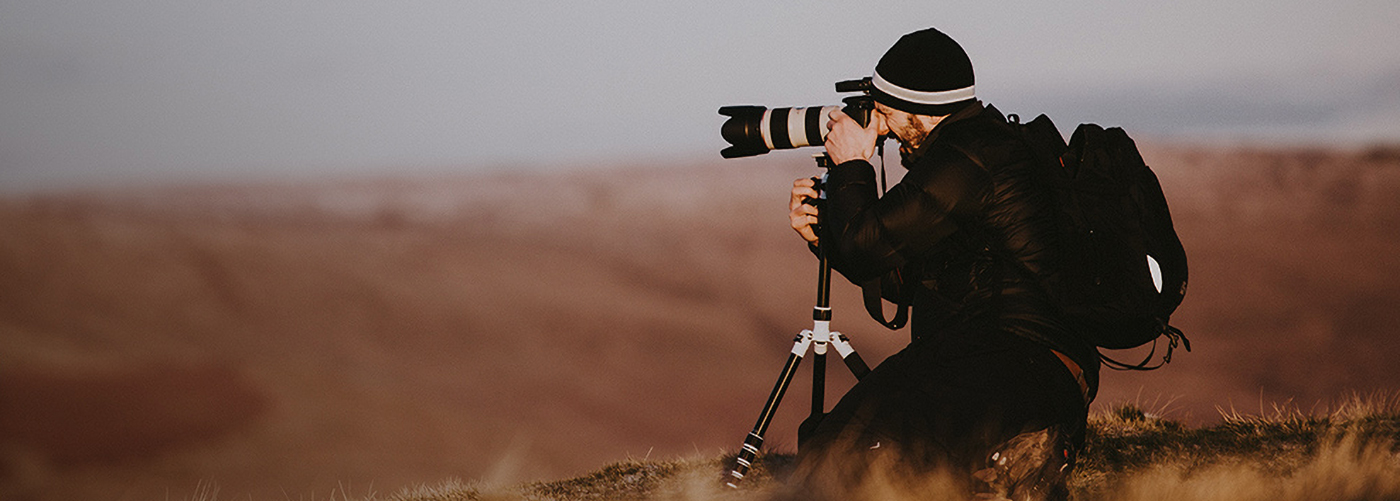
Nature Photography for Beginners
We’ve all been there. Whether it’s atop a windy hill, along a sunny path or in a misty forest, everyone has felt the sudden urge to capture a moment of sublime beauty in nature. But, as soon as the picture is taken, you notice it doesn’t quite reach the quality of your vision; maybe the lighting is odd, there’s a blur in the frame or the definition isn’t as high as you’d wanted.

That’s where we come in. No matter where you are in the world, we want to help you capture the beauty around you with our nature photography tips for beginners.
We know the world of photography can be daunting with professional Instagrammers just a scroll away. Where do you even begin? From the right camera lens to understanding your surroundings for the best shots, we’ll share everything we know about nature photography to get you started.
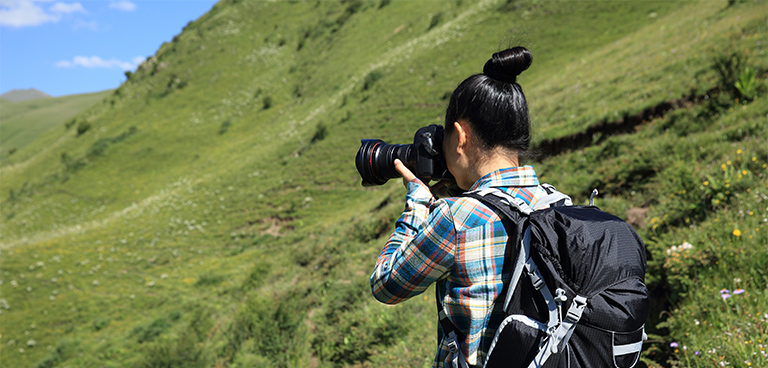
Getting Started with Nature Photography
The most important thing when starting your nature photography journey is to get out there! Experiencing the world is the easiest way to get the inspiration needed for your next masterpiece.
Hikes are a great place to begin with a wealth of stunning shots right in front of you. As you look across the gorgeous scene of rolling hills and multi-coloured murals, it’s not hard to picture the perfect frame for your wall.
If there aren’t any hikes near you, a camping trip is the perfect opportunity to capture some of nature’s perfection as you’ll see it at every point of the day. If camping’s not your thing, a simple walk in the countryside or trip to the park can invigorate your mind and lead to new ideas.
However you plan on getting started, the best advice we can give is to just do it! Get out there and appreciate the natural beauty around you.
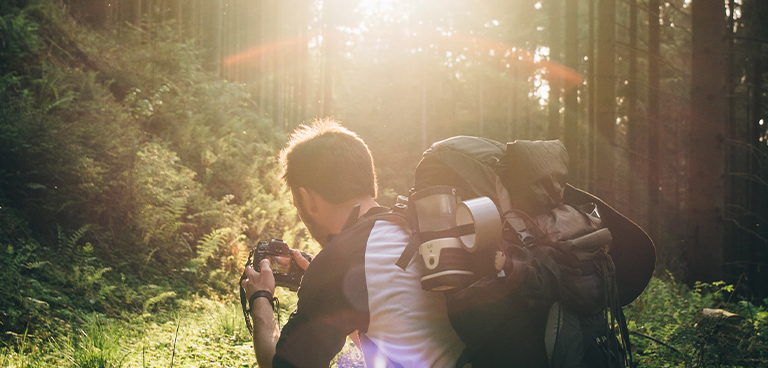
The Best Lighting for Nature Photos
Now that you’re out there and snapping pics, you’ll probably start to realise that the harsh light of the midday sun can cause the image to come out different to how you pictured it.
Unlike a studio, there’s no way for you to alter the lighting; you are at the complete mercy of the sun! Luckily, the sun can offer some sublime shots if you know when to look. Sunrise is particularly stunning, as it will give the land a serene soft glow for the perfect lighting. However, if being up before the crack of dawn doesn’t entice you, then you can achieve similar results when the sun begins its descent behind the hills.
These periods of time are known as ‘golden hour’ and really are gold when it comes to taking striking nature photos. Knowing when golden hour is in your area is always a good time to set up your camera. Using the warm, natural lighting of the morning and evening is something even the most experienced of photographers swear by.

Understanding Your Environment
If wildlife photography is where your heart lies, studying your environment is the next step to upping your game. Getting to know where animals will appear and when they will appear will greatly help your ability to be there at the right time to snap the perfect shot.
As well as animal patterns, seasonal patterns can also help you obtain the best photos of nature at each moment. Learning how plants and trees in your area change with the seasons will allow you to enjoy everything nature has to offer. You’ll also get to know when your favourite season is and how you work best during that time.

Using the Right Equipment
Having the best camera or spending huge amounts of money on gadgets is by no means a requirement for nature photography. However, if you do want to take your photos to the next level, there are a couple of items that will help you out.
The main kit you’ll need to take good nature photos is a DSLR camera. This camera will enable you to alter many more settings than a standard camera or a phone and will give your photos a more professional feel.
Along with a DSLR, you may want to invest in a wide-angle zoom lens which will allow you to shoot better landscape shots. This will help you capture the full scale of your shot, as well as the minute details of your subject. This is a great beginner lens for budding wildlife photographers as its multi-functionality is easy to use.
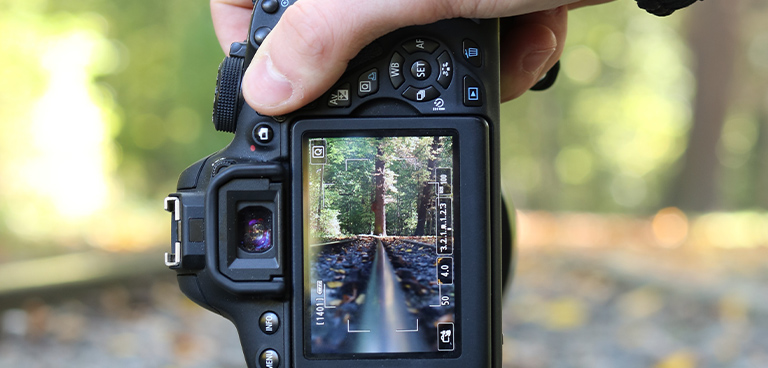
It’s All About Patience
Patience. Is. Key.
Wait for that softer light… Wait for that branch to dip slightly lower in the wind… Wait for that hedgehog to emerge fully from the leaves…
Nature doesn’t move as fast as life. You need to take the time to understand it and appreciate it. So, when trying to capture its best moments, you need to do it on nature’s time, not your own.
Take that extra moment to admire what you’re shooting, then snap that pic.
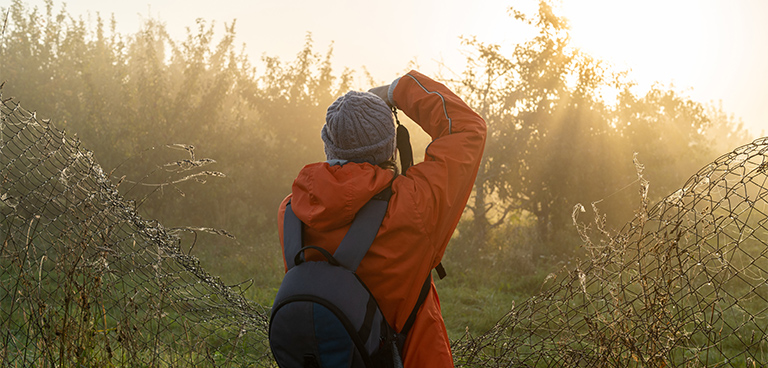
Respecting Nature
This goes hand in hand with patience, as the most magical moments are captured when you respect your surroundings and simply wait.
Nature’s most sublime events happen when untouched by the human hand. Everything is how it is meant to be; a tree is never out of place, an animal too shy or a flower too sullen.
Respecting each member of the cast will create a scene far more beautiful than if you were the director.
The most important thing to consider if you want to explore the world of nature photography is to get out there! After all, you can’t take pictures of wildlife from your living room.
Remembering to be patient with not only nature, but yourself will lead to better results. You won’t become a master photographer overnight, but each shot you take and lesson you learn will get you closer to your goal.
So, what are you waiting for? Grab your gear, stock up on snacks and get snapping!
Nature Valley want you to Get Equipped for Life More safely. Always check official health and safety guidelines before attempting wildlife photography. And remember, enjoy nature responsibly!
